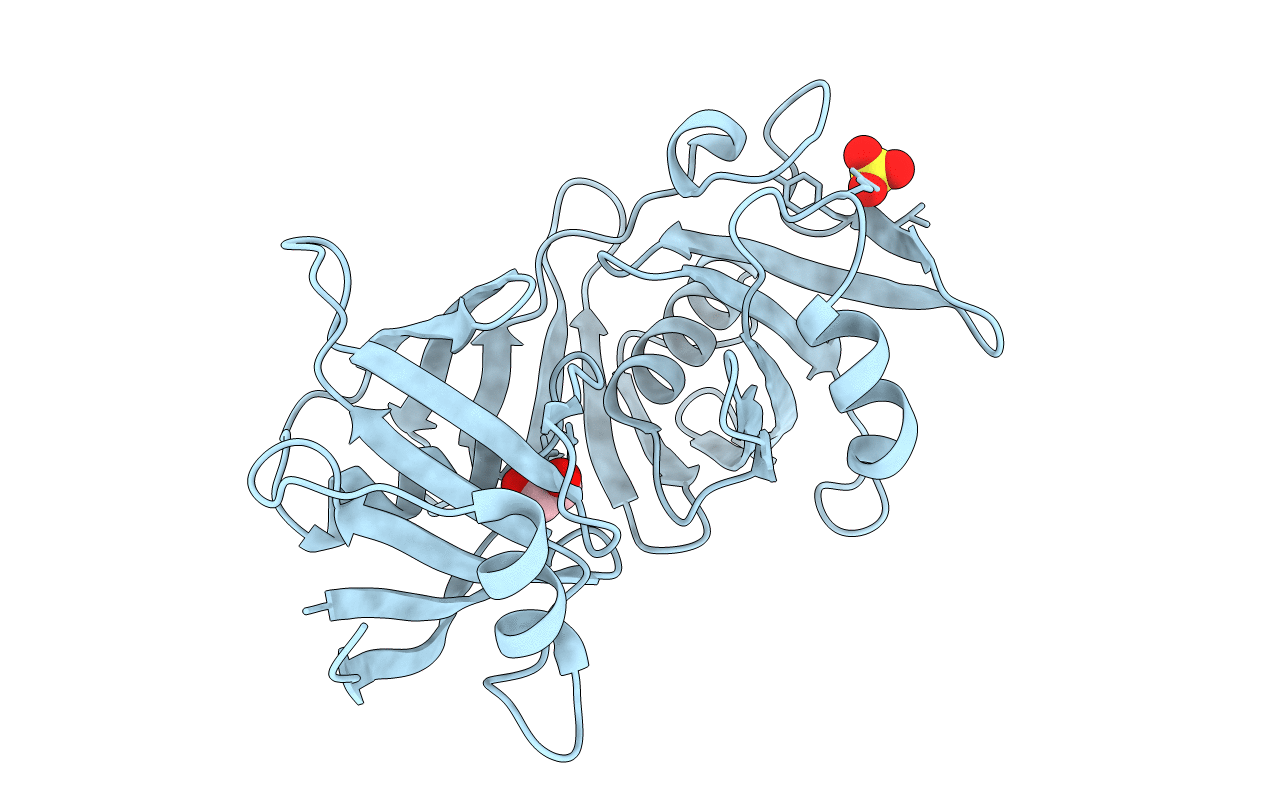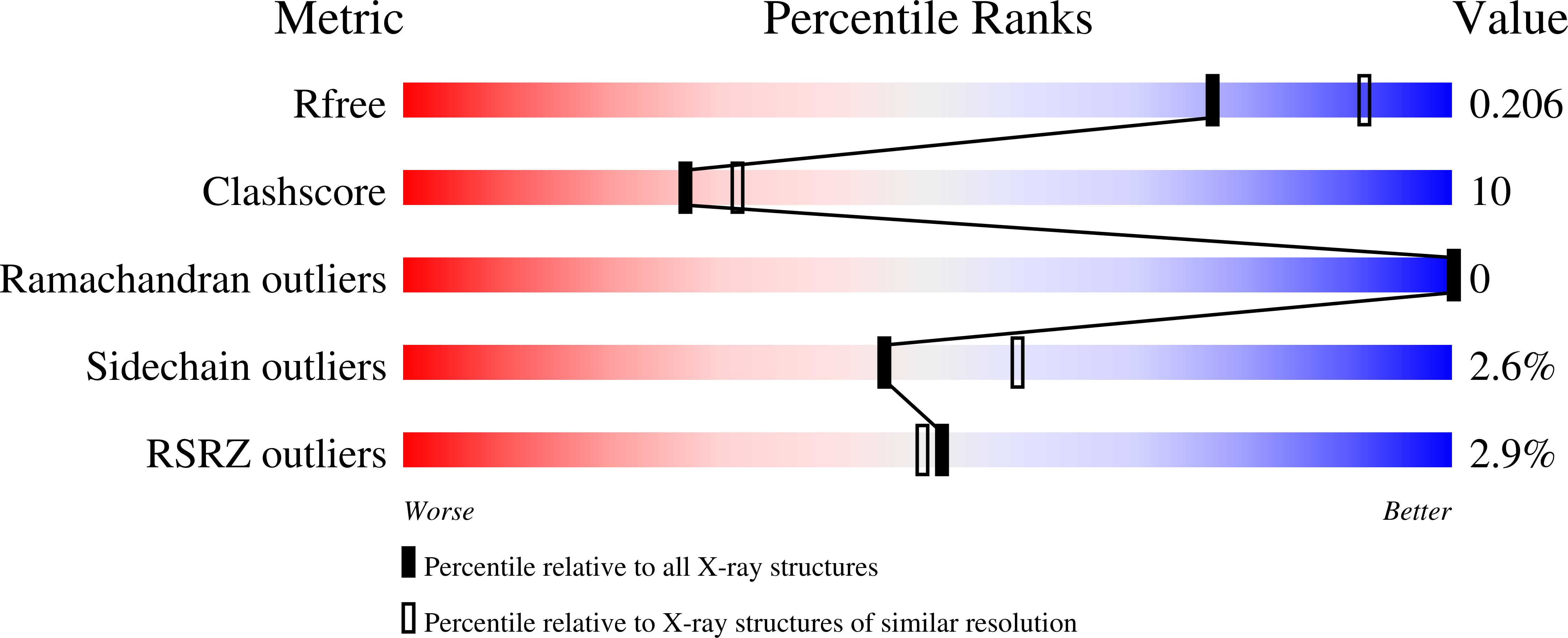
Deposition Date
2007-06-12
Release Date
2007-10-23
Last Version Date
2024-11-13
Entry Detail
PDB ID:
2Q9J
Keywords:
Title:
Crystal structure of the C217S mutant of diaminopimelate epimerase
Biological Source:
Source Organism:
Haemophilus influenzae (Taxon ID: 727)
Host Organism:
Method Details:
Experimental Method:
Resolution:
2.20 Å
R-Value Free:
0.25
R-Value Work:
0.20
R-Value Observed:
0.20
Space Group:
C 2 2 21


